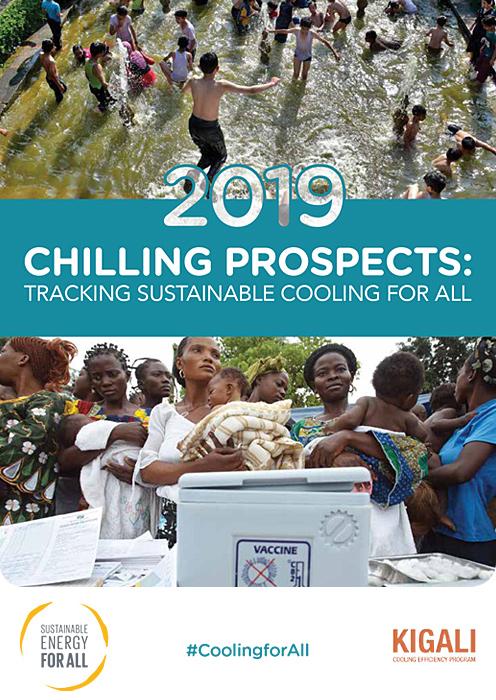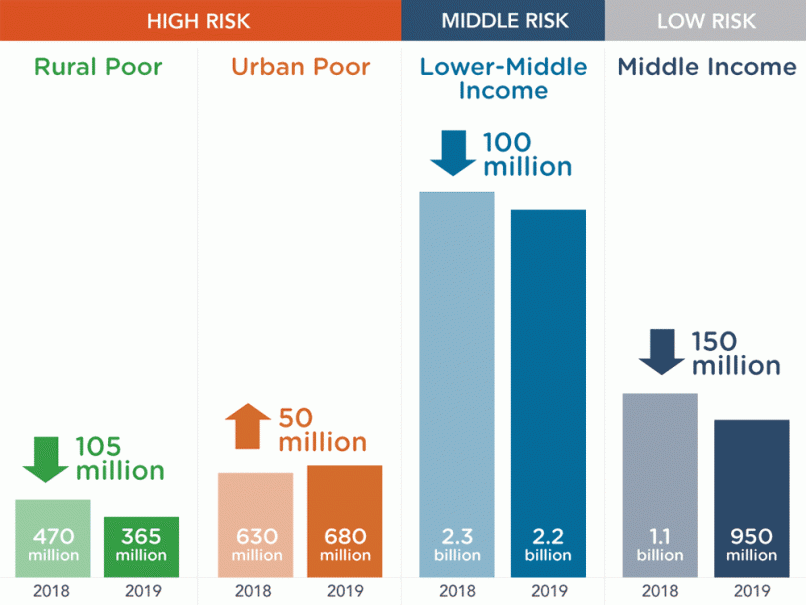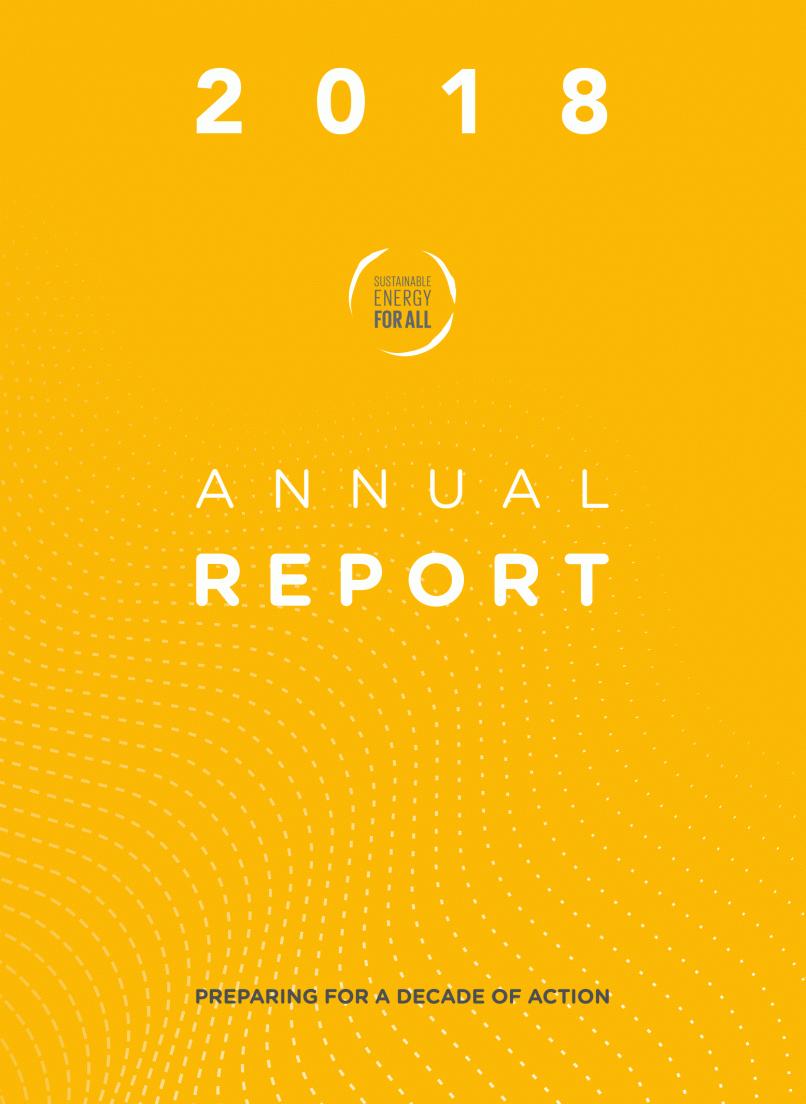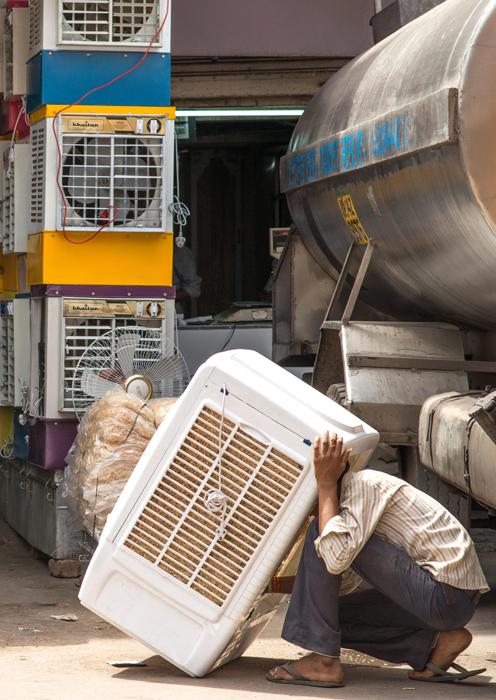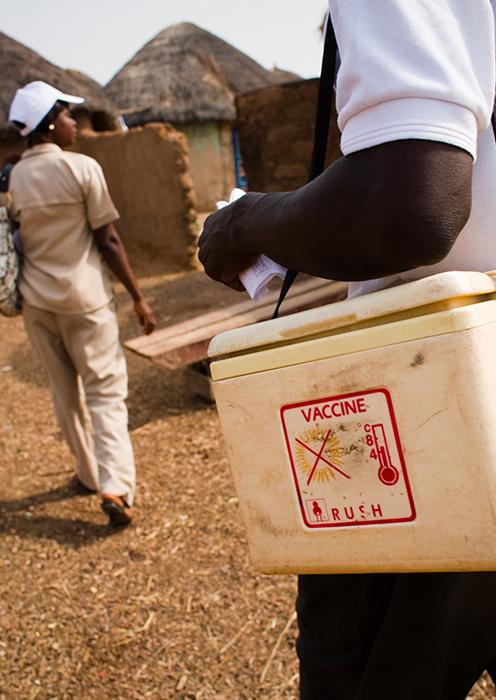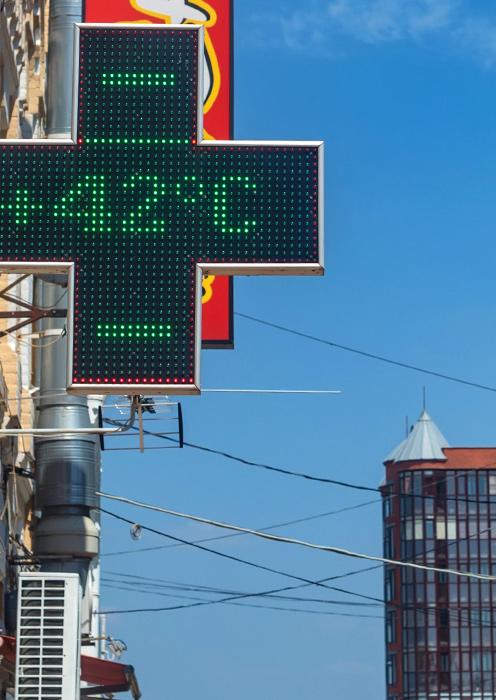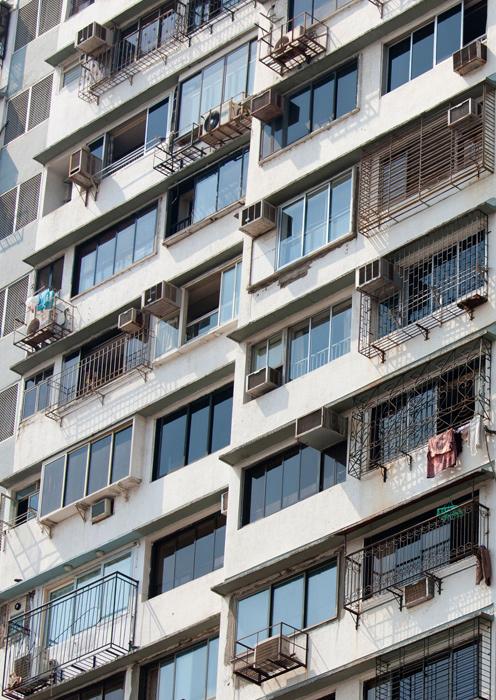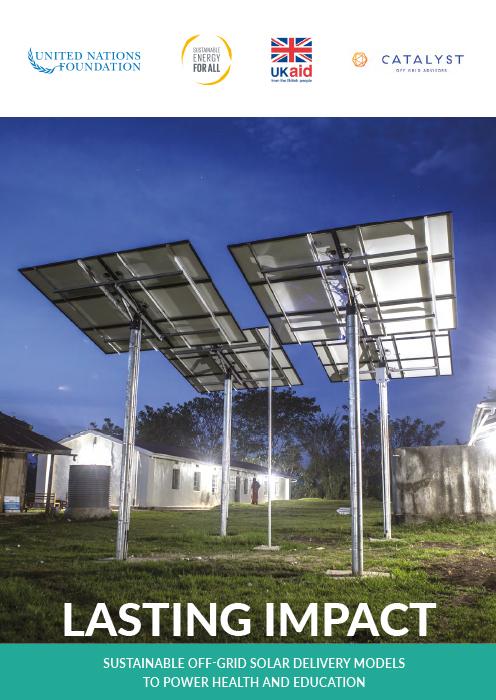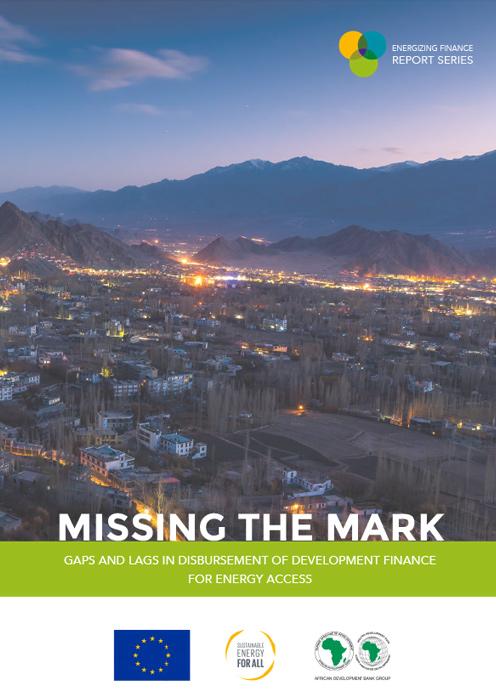Chilling Prospects: Tracking Sustainable Cooling for All 2019
Chilling Prospects: Tracking Sustainable Cooling for All 2019 is the second report in the Chilling Prospects series and serves as a follow-up to the inaugural report’s wake-up call and call to action. The findings outlined in this year’s report shows that 1.05 billion people face serious cooling access risks.
The challenges these at-risk populations face include:
- In 52 high-risk countries, 365 million people in rural areas and 680 million people in urban slums are at risk due to poor rural areas without access to safe food and medicines and poor urban slums with little or no cooling to protect them in a heatwave.
- 2.2 billion people present a different risk, a rising, lower-middle class in developing countries, who are only able to afford cheaper, less efficient air conditioners, which could spike global energy demand and have profound climate impacts.
- Across the 52 high-risk countries, at least 3.2 billion people face cooling access challenges in 2019.
